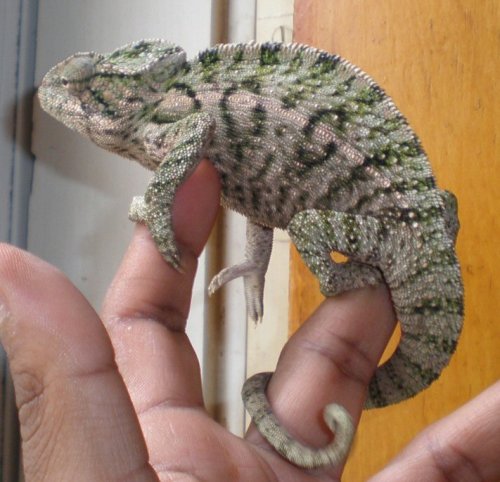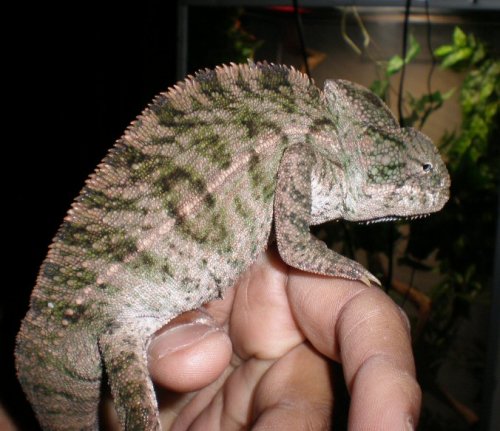sageghost
Established Member
This guy is our Lat Major Carpet Chameleon. We got him last summer, WC. He has one of the most calm and layed back demeanor of any cham we have in our colony.
Ive seen what I thought were Lat Major's before, however this guy dwarfs every so-called Lat Major I have personally seen.
I guess Im looking for a general consensus as to others who have kept/bred Lat Majors as to a relative size comparison. Ive been looking to find a Lat Maj female since Ive gotten him and have yet to find one.
As of Sunday, he weighed in at 101 grams with a 10 1/2" - 11" Total Length.
Thoughts??
Ive seen what I thought were Lat Major's before, however this guy dwarfs every so-called Lat Major I have personally seen.
I guess Im looking for a general consensus as to others who have kept/bred Lat Majors as to a relative size comparison. Ive been looking to find a Lat Maj female since Ive gotten him and have yet to find one.
As of Sunday, he weighed in at 101 grams with a 10 1/2" - 11" Total Length.
Thoughts??






